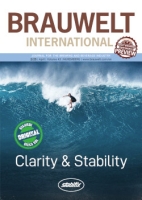Optimization and costs saving | Avoiding product contamination and at the same time reducing costs are mutually exclusive at first glance. In practice, however, this can be achieved by monitoring the actual microbiological condition of the bottling machine online.
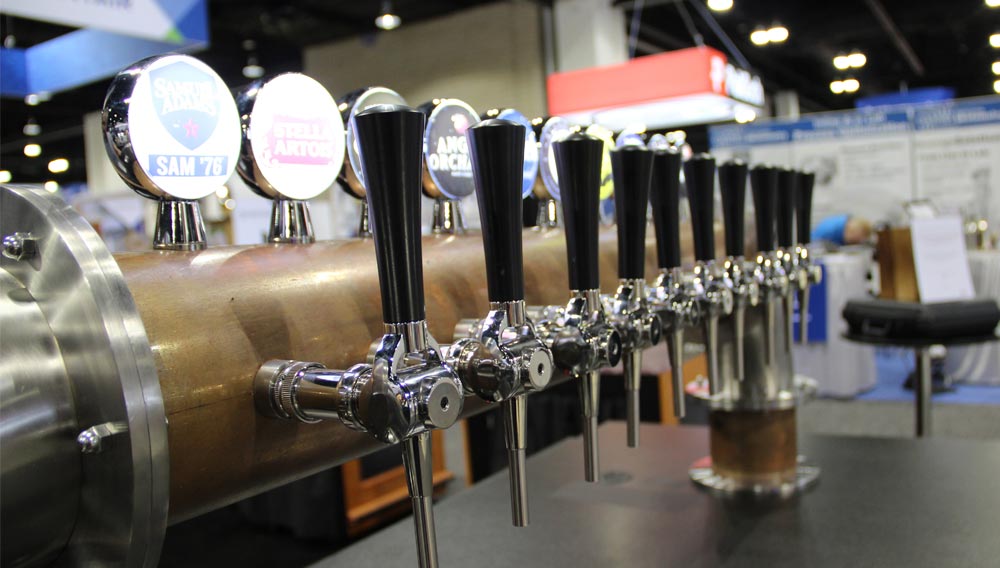
Pure drinking pleasure | When it comes to serving beverages, the process of cleaning the systems used to dispense these beverages is one of the most frequently discussed topics. This has been the case since the end of the 19th century, when the first modern dispensing systems were in operation. In addition to the general capacity for these systems to be cleaned, the focus has always been on the effort and the resulting costs. However, two aspects of a clean dispensing system have been widely ignored: consumers are protected, and the restaurateur earns money. Often forgotten are those who clean dispensing systems. They are expected to clean them thoroughly for a very low price.
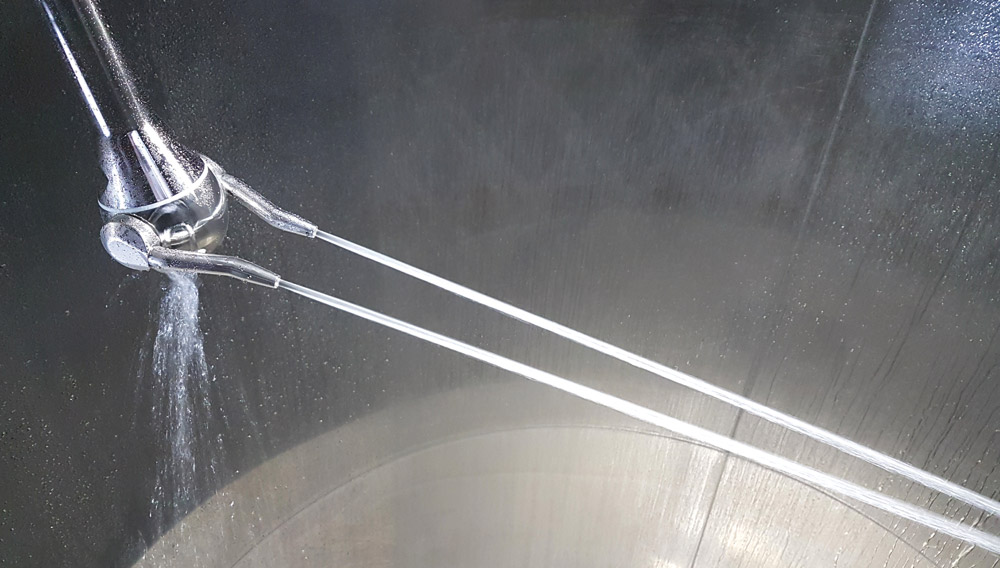
Adaptive and user-defined | New robotic cleaning technology makes a faster and safer cleaning of tanks and vessels possible with controlled, adaptive jets. The Adaptive Jet Cleaner (AJC) allows the cleaning process to be customized in ways which were not previously possible, while also tremendously boosting efficiency.

Adsorption dehumidifiers| Condensation and moisture represent daily challenges for breweries. Mold and moisture-related damage places a burden on production. In order to counter this problem, two German brewers chose to install adsorption dehumidifiers to regulate the humidity in the air inside their breweries.
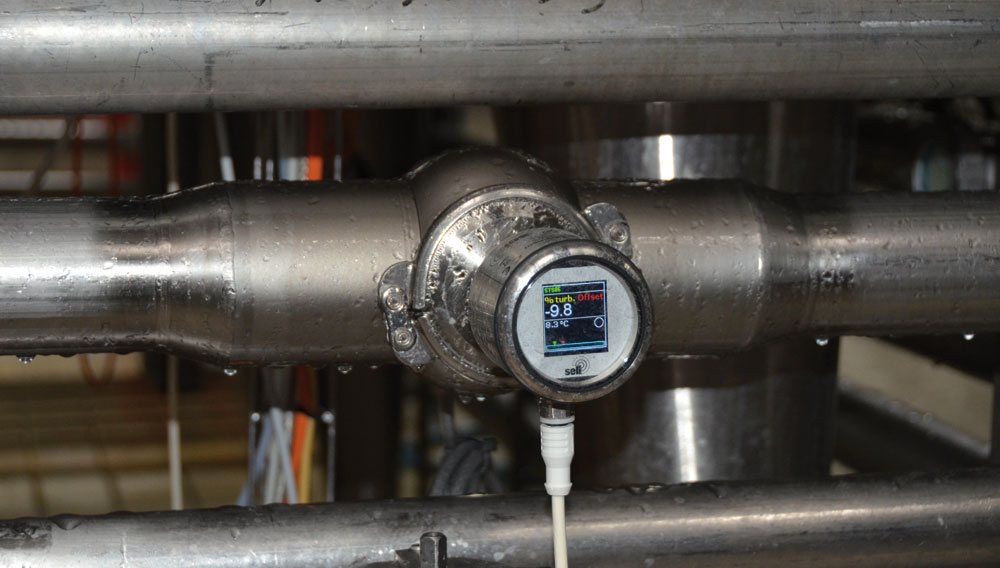
Turbidity measurement | Process-compliant and hygienic turbidity measuring systems up to 13200 FAU – and soon even to 26400 FAU – are initiating a paradigm shift in many areas of food and beverage technology. Known applications such as separators and filters in breweries can now be monitored much more efficiently in terms of operation and economics.

Active ingredients and their effects | Which additives are available for bottle washers and how have they been developed? This article explores individual compounds and the purposes they serve in the cleaning process, from special additives for specific cleaning issues to the filtration of caustic. These can offer opportunities for improvement but may also be detrimental.

SME compatible | The Bavarian Karmeliten Brewery in Straubing is the first German brewery to decide on a turnkey installation of a fully biological treatment plant. The carrier-based system combining anaerobic and aerobic wastewater treatment of the Dutch company Aqana completes the energy/environmental sustainability concept of a CO2 neutral brewery that has won several awards. It has been grant-aided by the German Federal Government.
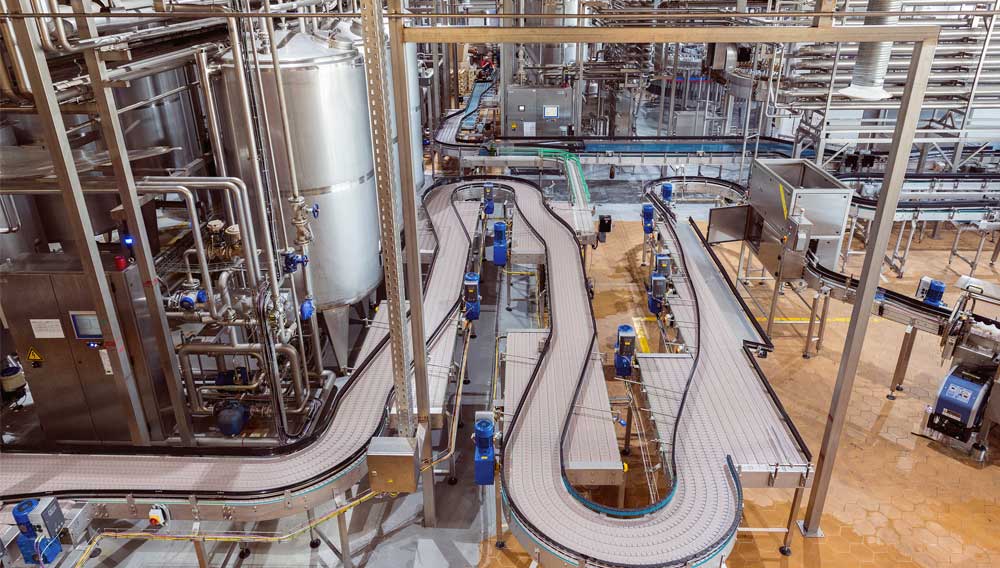
Rigorous Monitoring | Currently, an estimated 7.5 billion people live on Earth. If all of them were the size of microbes, they would all easily fit in a large cup of yogurt. Thus, a hairline crack (in tanks, piping or seals) with a length of 3 mm and a depth of 0.03 mm provides sufficient space for around 100 000 microorganisms. Sometimes visual comparisons are useful to put hygienic requirements in production in the proper perspective.

There’s a first time for everything | In breweries, quite often one hears statements like “Why do we need hygienic design? We clean everything all the time anyway. Hygienic design is the same as aseptic operations and we don’t need that.” In practice, this can have disastrous consequences. Hygienic design means that all surfaces that come into contact with the product and all external surfaces must be so fabricated that neither contamination nor soiling can readily endure on them. Every surface must also be able to be cleaned easily.
Nipping danger in the bud | Complete monitoring and documentation of the microbiological status of an evaporative cooler plant as well as the obligation to register the plant and report when legionella concentration exceeds the limit is prescribed by law in some European countries. The microbiological status is continually documented by online monitoring of biofilm formation. In this way, formation and a growth trend of biofilms in the plant can be recognised and measures taken to immediately combat them, should there be a risk that the limit values will be exceeded.
The use of robotic systems in the brewing and beverage industry is well established and has been for some time now. Above all, they are employed for efficiently filling production orders and palletizing. Cleaning filling lines, however, still occurs semi-automatically by means of static nozzle systems installed in the filling line or even completely by hand, but this could change in the near future.


